White House, Oval Office, George W. Bush
Artist/Designer: George W. Bush
Project Location: Washington, D.C., United States
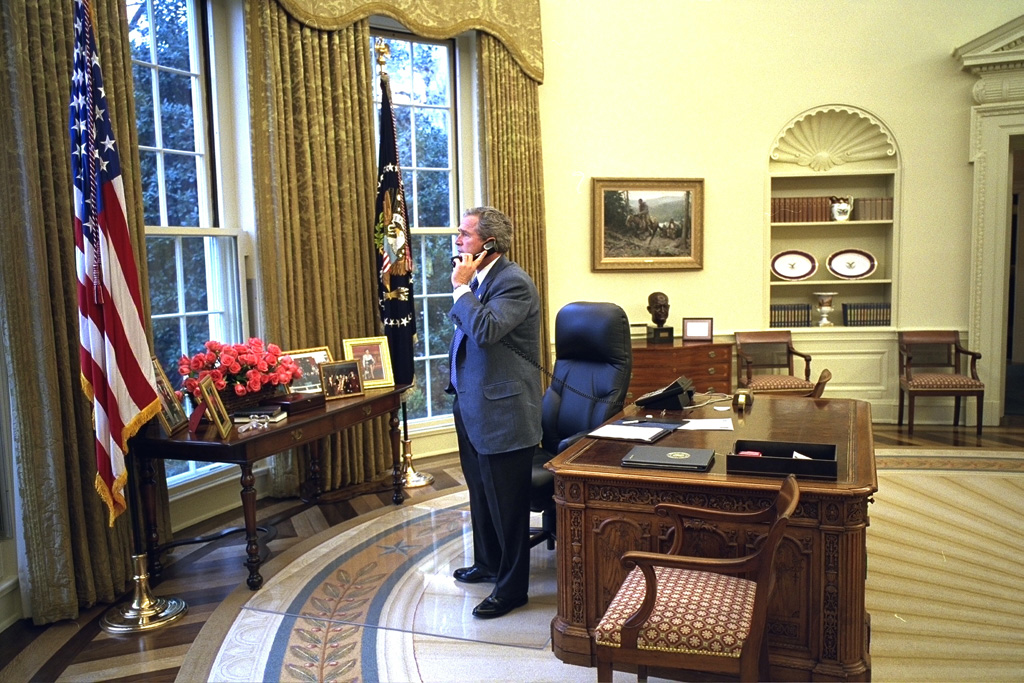
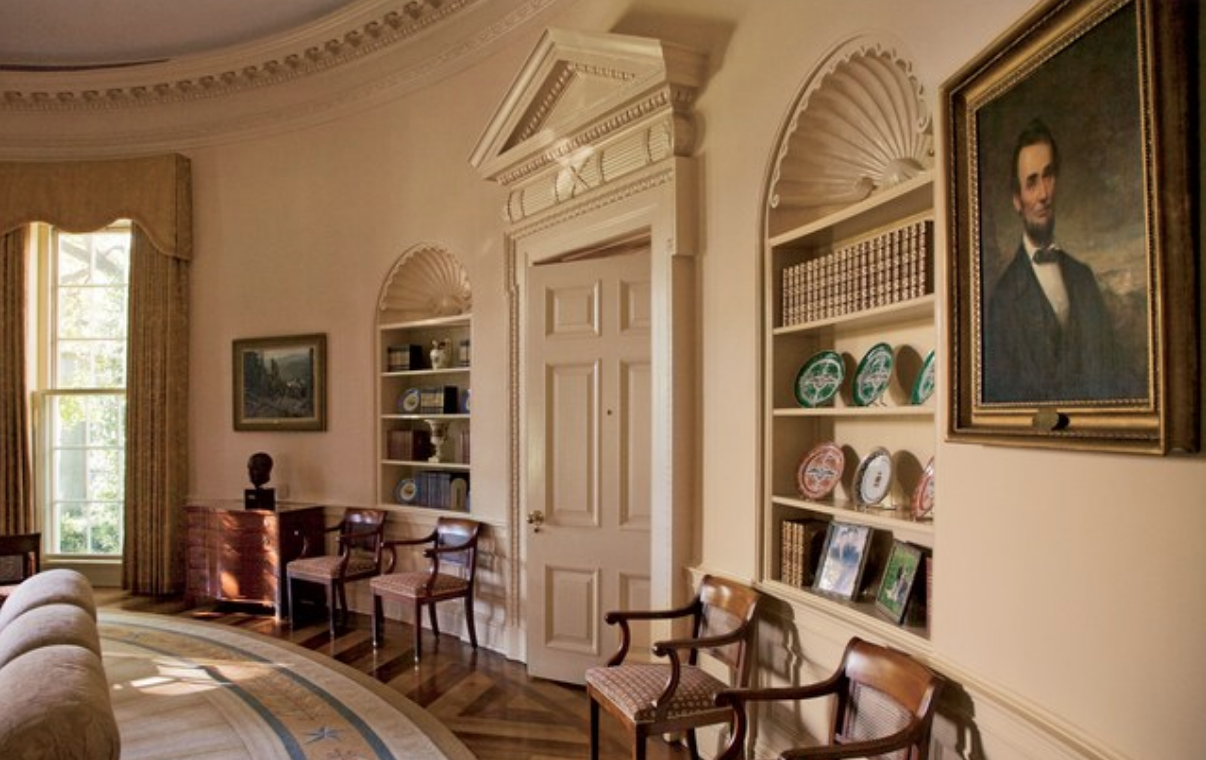
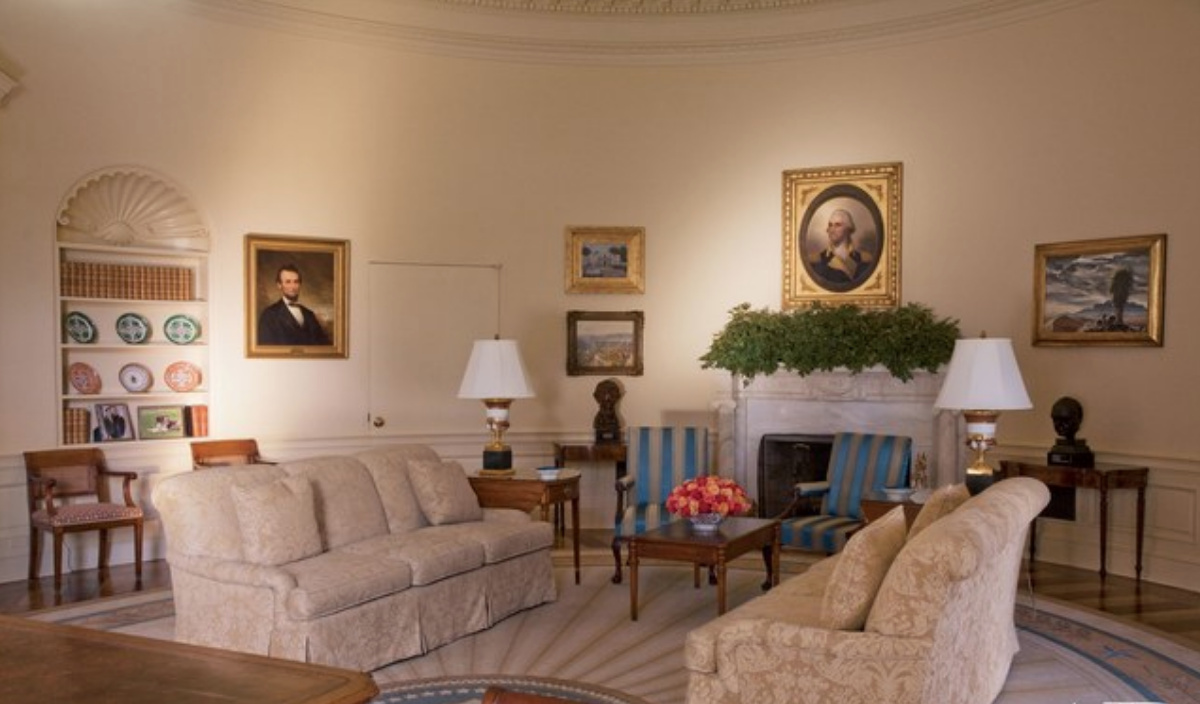
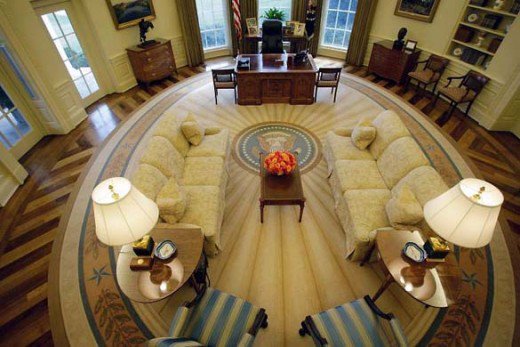
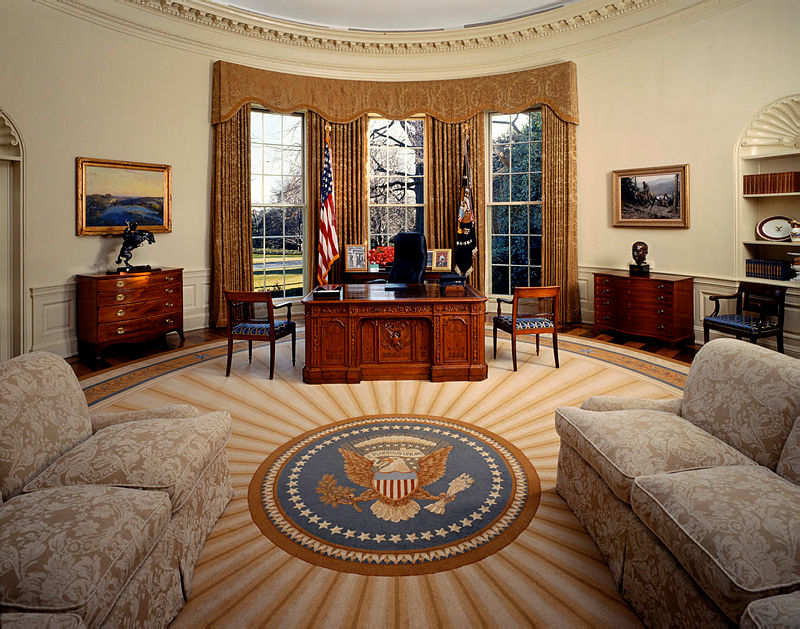


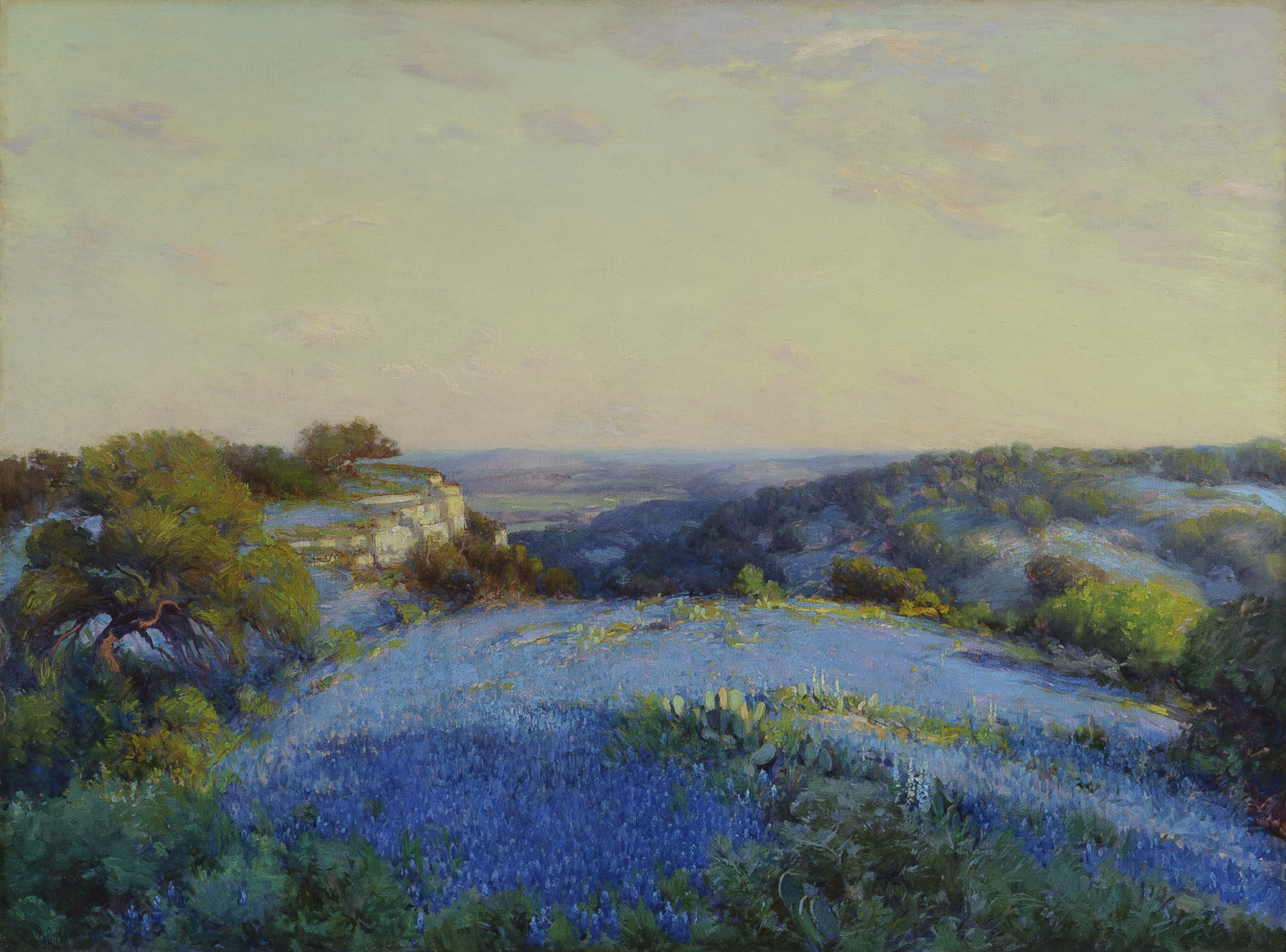
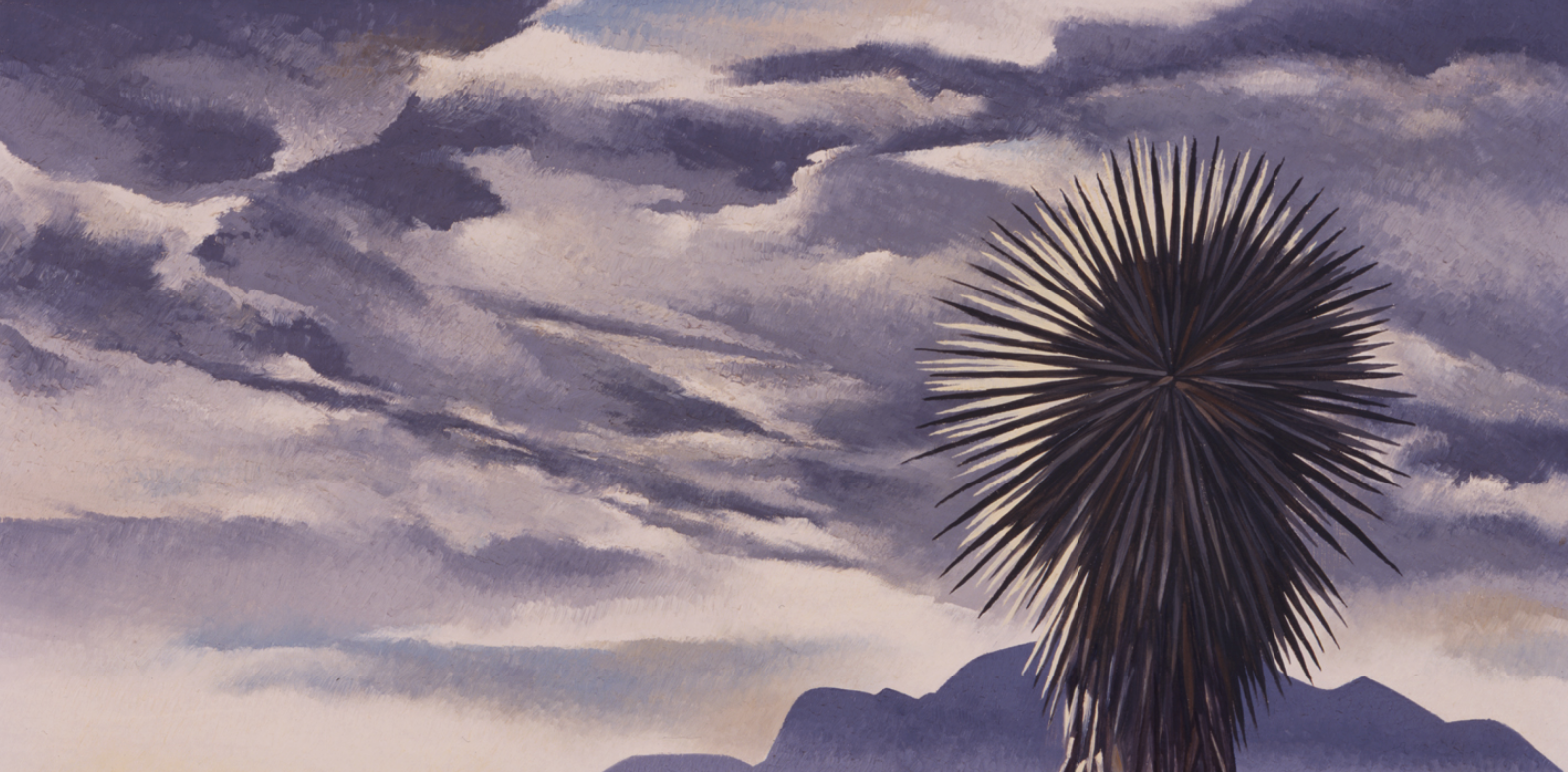
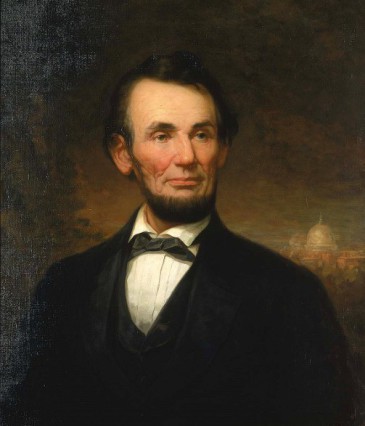
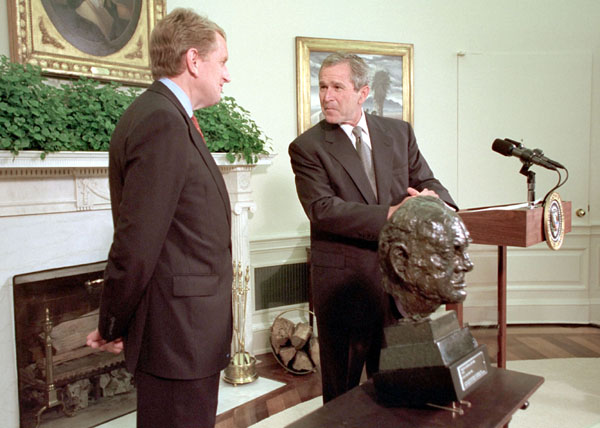
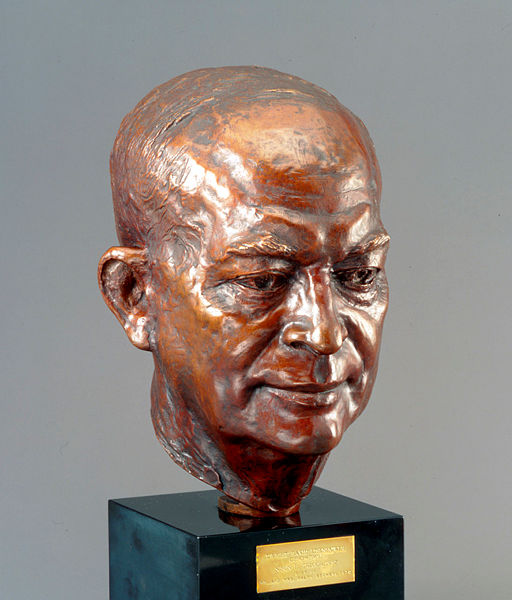
Style/Period(s):
Modern
Primary Material(s):
Textile
Function(s):
Workplace, Residential Structure
Related Website(s):
Significant Date(s):
21st Century
Additional Information:
The 43rd president of the United States George W. Bush occupied the historical White House from 2001 to 2009. In the eight years Bush served the country the White House was renovated and redecorated to demonstrate the Bush family's knowledge of "taste-making." The brains of the redecoration of the White House was First Lady Laura Bush who employed Fort Worth designer Kenneth Blasingame to assist in the house's interior design. Additional help for the redecoration came from the White House curator William Allman who assisted the family in choosing various historic objects from the museum's extensive collection. In this particular instance of redecoration, akin to Jackie Kennedy, Laura too was insistent upon keeping the history of the house alive. Thus Laura chose many objects that were emblematic of the historicity of the White House as a space of significant political importance.
The redecoration of the Oval Office, I argue, is the space which is the most symbolic of Bush's presidency. In a video wherein Bush gives the public a tour of the Oval Office he explicitly states, “I realize it’s a high honor to be a president of this great country and the Oval Office reminds me of that. It reminds me of that because of it’s beauty and it reminds me of that because of all of the people who have come before me.” This particular quote speaks to the ways that the Oval Office is a metaphor for the United States president. Moreover, Bush's quote maintains that this historically and contemporarily significant space is an outward and inward reflection of American democracy.
Bush's redecoration of the Oval Office by Laura, Blasingame, and Allman was strategic and sophisticated. An array of pieces that were available from the White House's collection were chosen. The pieces of particular note are listed below. Perhaps, the most noteworthy piece is that of the Bust of Dwight D. Eisenhower by Nison Tregor. Eisenhower, similar to Bush, was born in Texas and was a member of the Republican party. Through the inclusion of the bust Bush is symbolically equating himself with Eisenhower's well-received presidency. Another symbolic move on Bush's part was the inclusion of landscape and still life scenes depicting his home state of Texas. The paintings Near San Antonio by Julian Onderdonk depicting a landscape of Texan native Bluebonnet flowers and the Chili Queens at the Alamo by Julian Onderdonk depicting an Alamo with native Texans are demonstrative of Bush's admiration for not only Texas, but America. Bush perpetuates this attitude when he mentions in his interview "I’ve chosen some paintings that reflect my nature.”
Overall, Bush's redecoration of the Oval Office maintains the belief that each president customizes the Oval Office. Whether it's changing the drapes and upholstery to a muted gold, or the overall color palette to a more neutral tone, or the inclusion of new art objects. Each President, especially Bush, imbues the Oval Office with new historical contexts and special meaning.
Significant Objects in Bush's Oval Office:
Paintings:
-George Washington by Rembrandt Peale.
-A Charge to Keep by W. H. D. Koerner
-Rio Grande by Tom Lea
-Near San Antonio by Julian Onderdonk
-Chili Queens at the Alamo by Julian Onderdonk
-Cactus Flower by Julian Onderdonk
-Abraham Lincoln by George Henry Story
Sculpture:
-The Bronco Buster by Frederic Remington
-Rattlesnake by Frederic Remington
-Bust of Dwight D. Eisenhower by Nison Tregor
-Bust of Abraham Lincoln by Augustus Saint-Gaudens
-Bust of Winston Churchill by Jacob Epstein
Miscellaneous Ephemera, Objects, and Furniture:
-Resolute Desk
-Sunbeam Rug
Viewers should treat all images as copyrighted and refer to each image's links for copyright information.